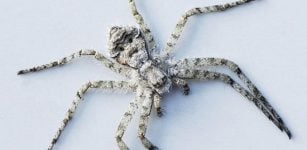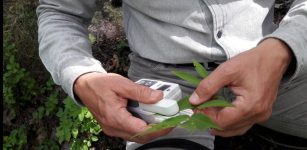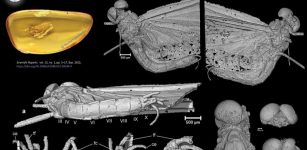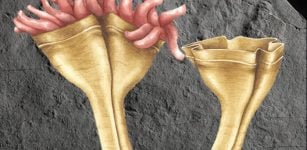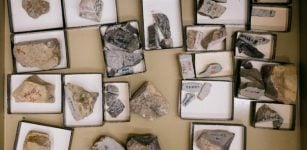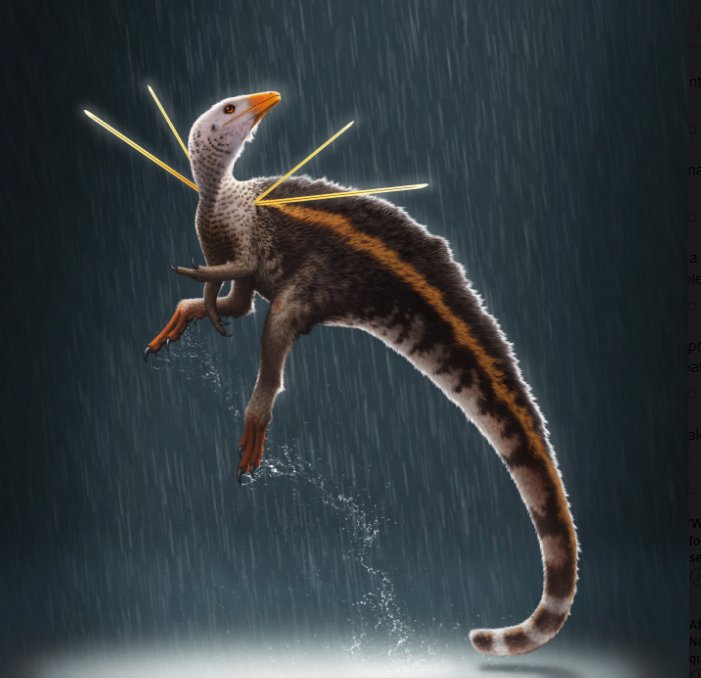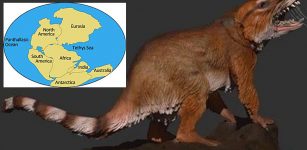Jurassic Globetrotters: Large And Giant Theropod Tracks Of North Africa And Europe
Eddie Gonzales Jr. – MessageToEagle.com – Two types of dinosaur footprints related to large Jurassic predators in today’s Switzerland, Portugal, Spain (which belonged to Laurasia) and Morocco (which was in Gondwana), have been found by a team of European scientists.
The prints called Megalosauripus transjuranicus and Jurabrontes curtedulensis, belonged to carnivorous theropods similar to Tyrannosaurus rex.
An allosaurus. Image credit: Óscar Sanisidro © Institut Català de Paleontologia Miquel Crusafont
“On the one hand, we have identified a type of large and slender footprints with a size of 30-50 cm and, on the other hand, other gigantic and robust footprints measuring more than 50 cm,” said Diego Castanera, from the Miquel Crusafont Catalan Institute of Palaeontology (ICP) of the Autonomous University of Barcelona and co-author of the work.
Dinosaur footprints found in several European countries, very similar to others in Morocco, suggest that they could have been dispersed between the two continents by landmasses separated by a shallow sea more than 145 million years ago.
At the end of the Jurassic, as a consequence of the defragmentation of the Pangaea supercontinent, the countries that now form Europe were part of an archipelago surrounded by a shallow sea.
 Photograph of the traces analyzed: Megalosauripus transjuranicus (A) y Jurabrontes transjuranicus (B). Credit: Matteo Belvedere et al.
Photograph of the traces analyzed: Megalosauripus transjuranicus (A) y Jurabrontes transjuranicus (B). Credit: Matteo Belvedere et al.
The Iberian Peninsula was located in the southernmost part, on the continent of Laurasia (which included present-day North America and Eurasia), but near Gondwana, the continent to the south.
In order to distinguish the types of footprints, the team used a software called DigTrace, which made it possible to virtually compare the fossilized footprints.
“We can’t determine with certainty what animal left a particular footstep since different related dinosaurs could leave very similar footprints,” says Castanera.
However, this study confirms that the differences between the two groups of footprints identified are important enough for their originators to be different but closely related dinosaurs.
Scientists thus suggest that they probably belonged to Allosaurus and Torvosaurus, since their remains have been found in the Upper Jurassic of Portugal, indicating the presence of two super-predators in the terrestrial ecosystems of the late Jurassic.
Written by Eddie Gonzales Jr. – MessageToEagle.com Staff



